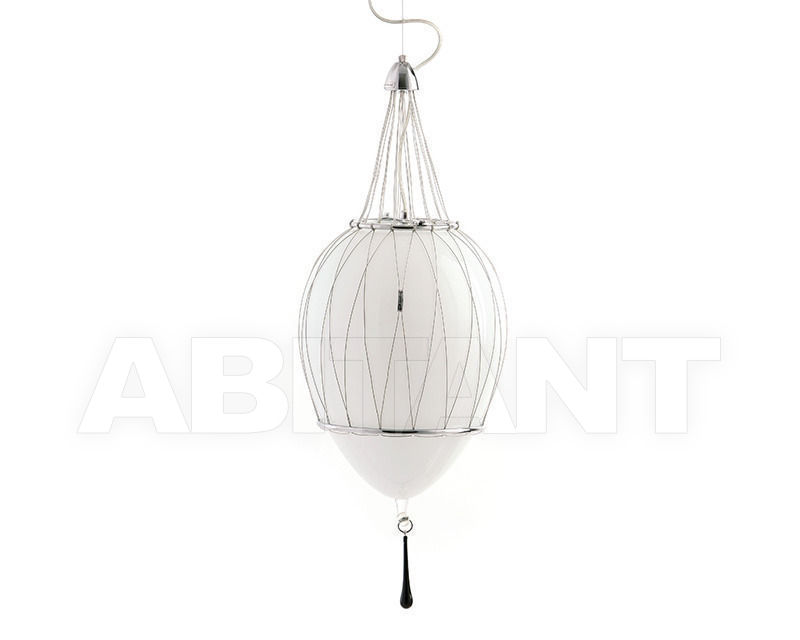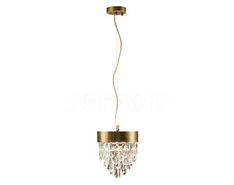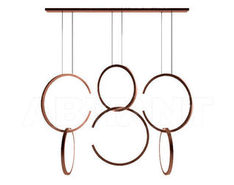Light Aiardini 2015 110/SP/1L
product code: 376914
Price level
Standard
Price depends on
configuration and the volume
of your order
configuration and the volume
of your order
Price
on request
on request
4
Estimated delivery time
- From 4 To 6 weeks
- Information on request
- 1 week
Sizes
28 cm
28 cm
74 cm
Product Specifications
| Assignment | For Premises |
|---|---|
| Сover | With Сhrome Coating |
| Avaliability of pendant | Yes |
| Materials | Metal, Glass |
| Number of lamps | 1 |
| Avaliability of plafonds | Yes |
| Quantity of plafonds | 1 |
| Avaliability of Lampshade | No |
| Type of plinth | E27 |
| Maximum capacity of lamp | 60 |
| Type of light | Vertical, Hanging |
| Dimension with package | 0.17 m3 |
matching this productClick to select a particular type of product
| Functional Purpose | For Living Room, For Home |
|---|
Product colour
white
Silver
Style
Art Deco / Art Nouveau
Art Deco is a relatively young style that emerged at the beginning of the 20th century. It owes its existence to France and the French, and it used to represent the combination of modern and neoclassical styles in architecture, fashion and art. Then, in the 1970s, the term "Art Deco" was extended to also mean a style of interior design. This style's characteristic feature is the seemingly impossible fusion of classical straight lines and strict forms with the asymmetry of luxury and splendour. Art Deco interior design implies an abundance of expensive, exotic materials, plenty of curved lines, mythical paintings and tapestries of dragons and peacocks. Art Deco is considered to be the most original style of interior design, it leans toward ostentatious luxury and splendour and absolutely does not tolerate asceticism or minimalism. When decorating in this style, designers often use inclusive fountains, podiums, forged lattice, exotic fans, marble decorations and stained glass. Art Deco furniture also has to be unique in appearance and very rich - created using light wood, genuine leather, chromium-plating.
Loft / Fusion / Vintage / Retro
Combining the incompatible: the Viennese chairs, lamps by Philippe Starck, the bathroom in the style of hi-tech and Empire-style doors. All of this is eclectic and is called "fusion».
By combining several trends in a single interior design it is possible to create a sort of "artful chaos" that is the "Fusion" style. However, it is not that simple. Fusion implies extraordinary ideas that transcend the commonly accepted stereotypes. Fusion is an experiment. There are no rules when creating a Fusion interior, for there cannot be. It is a mix of styles, each time with different ingredients and in different proportions. That's why a Fusion-style interior cannot be copied - the style itself does not allow any copying. It opens up great opportunities for creativity and can satisfy widely varied tastes and requirements. Fusion likes the daring. It often incorporates seemingly unmixable items that we're used to seeing in specific interior styles: Classical, Baroque or even High-Tech.
Oriental / Japanese / Chinese
Oriental styles are very quaint. Like every ethnic trend, they are tightly bound to national tradition. The Oriental styles' main attributes are simple lines and definite forms, though less ascetical than in minimalism. Both furniture and decor use only natural materials. The furniture itself is low and squat: instead of a bed we would often encounter a podium or a futon, instead of a wardrobe - a chest and caskets. Wide door frames, contrasting colours, screens, mats,curtains made of bamboo, jute, sisal. Dimmed, opaque lighting is usually provided by low hanging lamps and squat floor lamps. The Chinese style has more decor: various figurines, lamps, calligraphy and patterns.
Other pendant lights






































